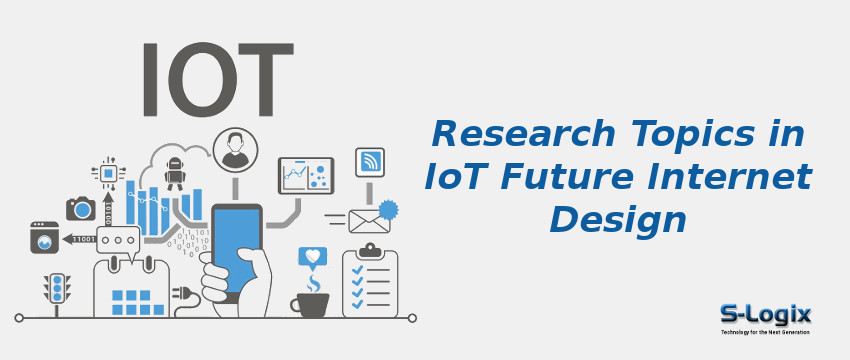The IoT connects billion of smart devices through the internet. The IoT devices are tint and vary in capability, processing power, computing power, and support for various real-time applications. The tremendous growth of IoT involves several applications, from smart home automation to smart city development. The technological advancements in IoT improve the power and processing capability of such devices without increasing the component size. The IoT devices are generally sensors and actuators that have the ability to accomplish novel opportunities by enabling internet connectivity among the devices using different wireless technologies. The future internet design necessitates different wireless technologies to enable various smart applications. For example, natural disaster predictions, smart industry manufacturing, water scarcity monitoring, smart home automation, smart healthcare, intelligent transportation system, smart agriculture, smart city design, smart grids, and smart security are the major applications of future internet-based IoT.
